- Leonidas Plaza N20-08 y 18 de Septiembre, Quito
- info@hotelacartuja.com
- (02) 252-3577
- +593 99 420 4359
Casa de la Cultura Museo
This museum is just in the corner of the Hotel.
This museum is filled with artifacts from the earliest history of Ecuador to post liberation from Spain, all arranged in chronological order. It is modern, has an introductory short film in English, and English translations of all the object labels.

Mercado Artesanal La Mariscal
This market is just a few minutes from the Hotel.
You do not need to travel to Otavalo to find handicrafts. This market has the same stuff you find in the Otavalo market. The market has a variety with some actual artisans spread throughout. It’s covered so don’t worry about rain.
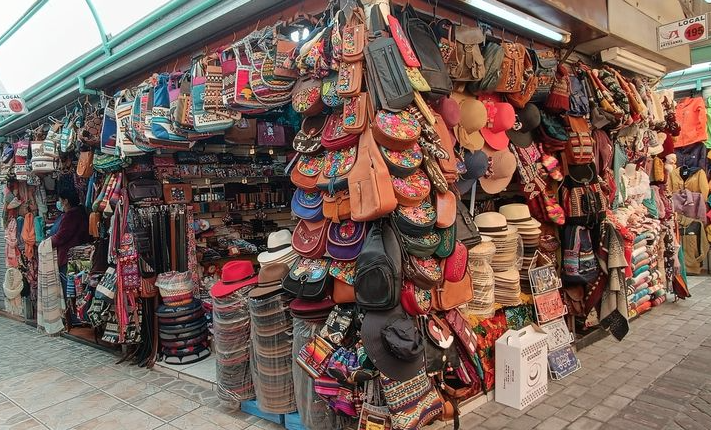
Carolina Park
Known as the «Central Park» of Quito, this massive 165-acre urban space is a popular place to visit on weekends for city dwellers looking for some greenery, as well as for those looking for things to do. Rent a paddleboat, explore the bicycle trails, or try the skate park. On weekends, the park comes alive with performances, kite flying, and impromptu soccer games. You’ll find plenty of food stalls and even a defunct air force plane that now holds an exhibit.
The Quito Botanical Garden is located within Carolina Park and houses both native and foreign plants, a lagoon, an orchid garden, a beautiful cloud forest, a garden dedicated to medicinal plants (including the native South American plant, Cinchona officinalis, used to cure malaria), and a hydroponic rose collection.
The park is also home to a vivarium and the Quito Exhibition Center, which often hosts exhibitions and fairs. The Museum of Natural Sciences is also part of the park. You’ll find exhibits of flora, fauna, and paleontology here. Learn about the biological diversity of animals in Ecuador; see a large collection of insects; and explore the botanical exhibit, which consists of over 200,000 specimens. The museum’s main attraction, however, is Tito, an almost complete mastodon skeleton found in Ecuador.
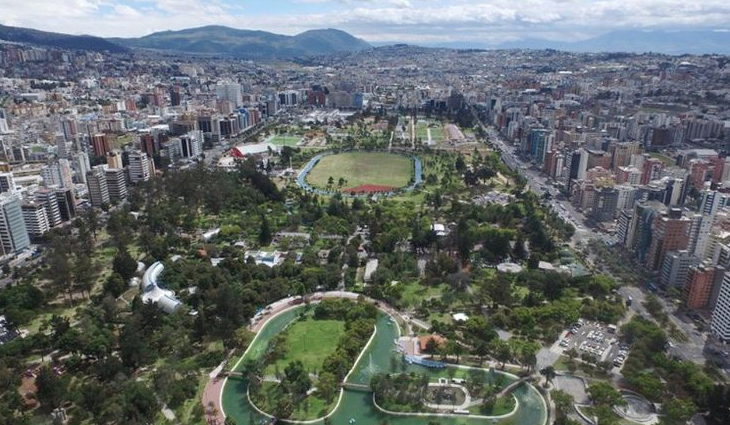
Casa del Alabado Museo
Located in the old town, a couple of minutes from Plaza San Francisco, the collection represents the Pre-columbian world of indigenous American people. Visitors will find the rooms broken down into small, manageable bites of related objects.
Taking the tour brings sightseers through the relationship of communication, rituals, and nature. Illustrating how they are all intertwined, the related objects are decorated with images from the celestial, underworld, and middle earth.
The center courtyard offers an opportunity for a light bite, a bit of rest, and a shaded spot to organize your next round of sightseeing.
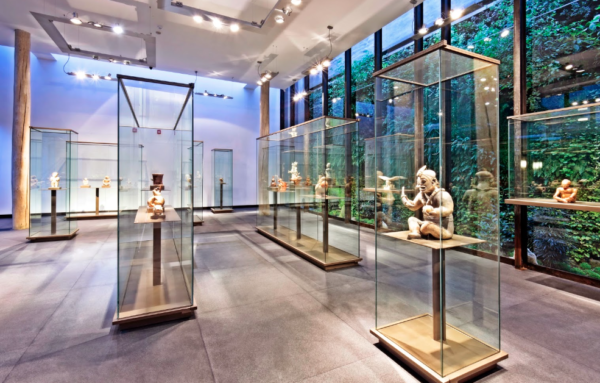
Convent and Monastery San Francisco
This church San Francisco is Quito’s first church and also the largest religious complex in South America. The entire compound of buildings will transport visitors back to the 16th century. Close your eyes, and you might even hear the faint sound of monks chanting in a muffled hush.
Inside, along with an appropriate musty scent, the woodcarvings are spectacular. Crowning the altar is the exquisite Winged or Dancing Virgin sculpture by Bernardo de Legarda. The design of her dress and folded hands give a feeling of motion. This particular Virgin can be seen throughout the northern Andes as a popular cult figure.
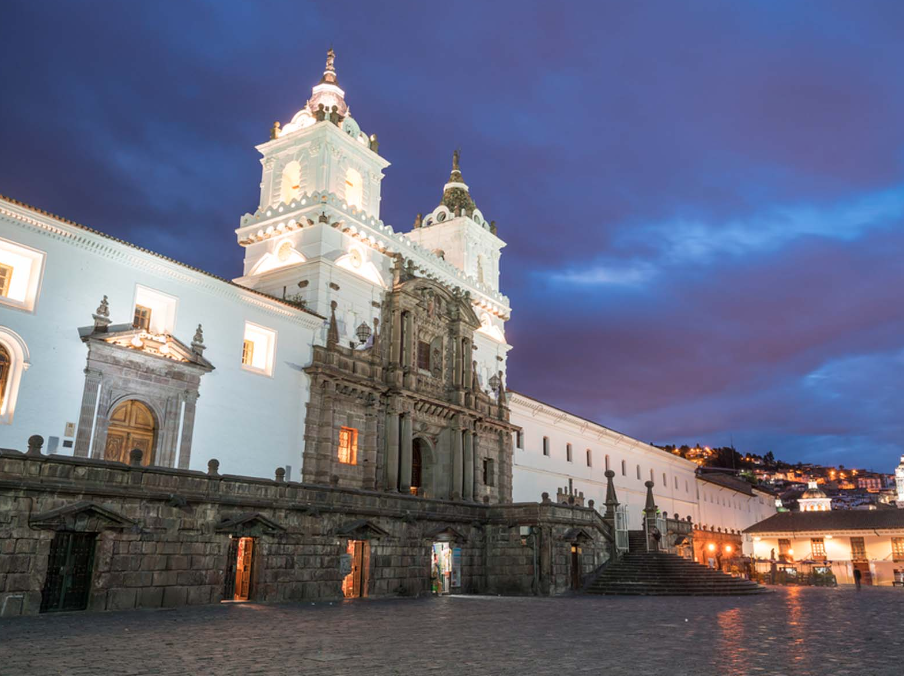
La Compañia
Many churches of Quito are within walking distance of one and other, but if you can only visit a single church during your stay in Quito, Compañia de Jesús should be the one. The extraordinary exterior of the building is only surpassed by the jaw-dropping interior. Imagine seven tons of gold leaf. It covers all surfaces in excess that could only belong to a house of worship.
Often called Quito’s Sistene Chapel, the breathtaking interior will not disappoint. Centrally located, the structure was begun in 1605 and completed 160 years later. Well known for the decorative and expansive central nave, the Jesuit church is considered the finest example of Spanish Baroque architecture in South America.
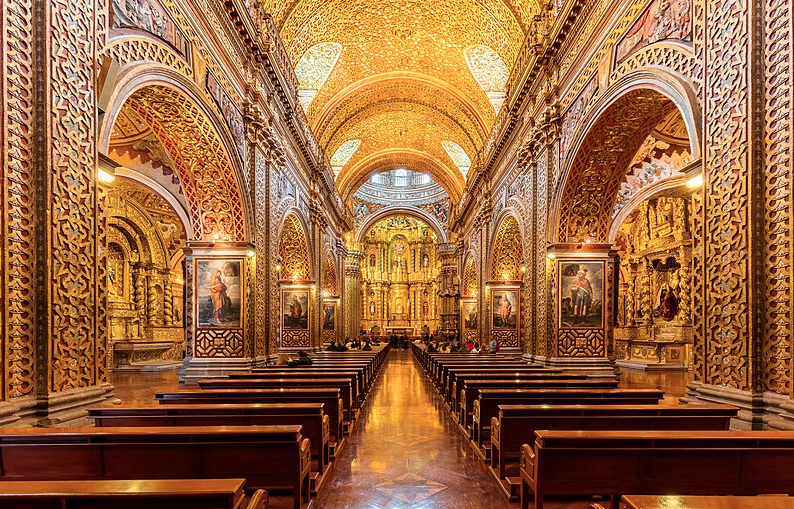
La Ronda Neighborhood
La Ronda is one of the best-preserved streets in colonial Old Town. Colorful and full of activity, the cobbled street is lined with cafés, galleries, and the best of traditional artisans invited by the government to share their craftsmanship with the public. If you come early in the day, the area is still sleepy and a great spot for a quiet cup of coffee. Later, the street hums with movement from both the shopkeepers and tourists.
Don’t miss some of the vendors tucked in the back of shops or little alleyways. They represent the best of local Quito and are great spots to find souvenirs and keep traditional crafts alive.

Chapel of Man
It’s easy to overlook the story of the indigenous population during travel. There is no better place to learn more than the powerful museum featuring the work of Oswalso Guayasamín. He was an Ecuadorian master painter and sculptor of Quechua and Mestizo heritage who championed the story of the underprivileged.
Located high on a bluff overlooking the city, the museum was completed in 2002, shortly after the artist’s death. The Chapel of Man is dedicated to the struggles of the indigenous people both before and after the arrival of the Spanish explorers. The artist’s enormous paintings fill the unique space, and the enormity of the subject matter is important for travelers to experience.
The setting is quite somber and dramatic, with plenty of intimate spaces to pause and ponder the ideas the artist presents. Make sure to look for all of the street art on the drive up to the structure.

Basilica Church
If you enjoy getting an overview of a new city, visit the Basilica for a 360-degree, bird’s-eye view from the twin bell towers. The climb to the Neo-Gothic Tower is not for the faint of heart, but no worries, an elevator is also available. If possible, arrange your tour in the early morning or late afternoon for the best photography light.

Middle of the World
For a sneak peek into the history of Ecuador and its indigenous people, head to the Cuidad Mitad del Mundo. This national landmark (the equator) has several statues; a small village; and a charming, old-school museum.
Don’t be fooled by its size, the museum has exhibits from Highland and Amazonian tribes, which include their history, and a homey collection of musical instruments, clothes, textiles, and more. Combined with the adjacent Middle of the Earth, this is one of the best things to see in Quito.
Make sure to try some of the experiments on offer where there’s a new normal for gravity, and you can even balance an egg on top of a nail. Where else can you straddle both sides of the equator?

Walking distance
– Fresh and tasty sandwiches and juices
– Vegetarían Restaurant: Punjab Rincón de la India
– Great Coffee: Café Pimkay
5-10 minutes in a cab
– Local cuisine: Achiote
– Local cuisine: Miskay
– French Restaurant: Chez Jerome
– Italian Restaurant: Cosa Nostra
– Sea Food: Mare Noustrum
– Pub: Bandidos del Páramo
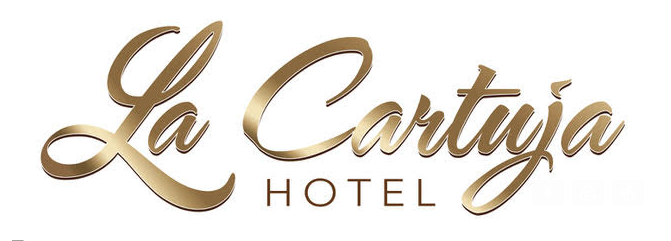
Todos los derechos reservados 2023
CREADO POR: FOTÓGRAFO DE HOTELES